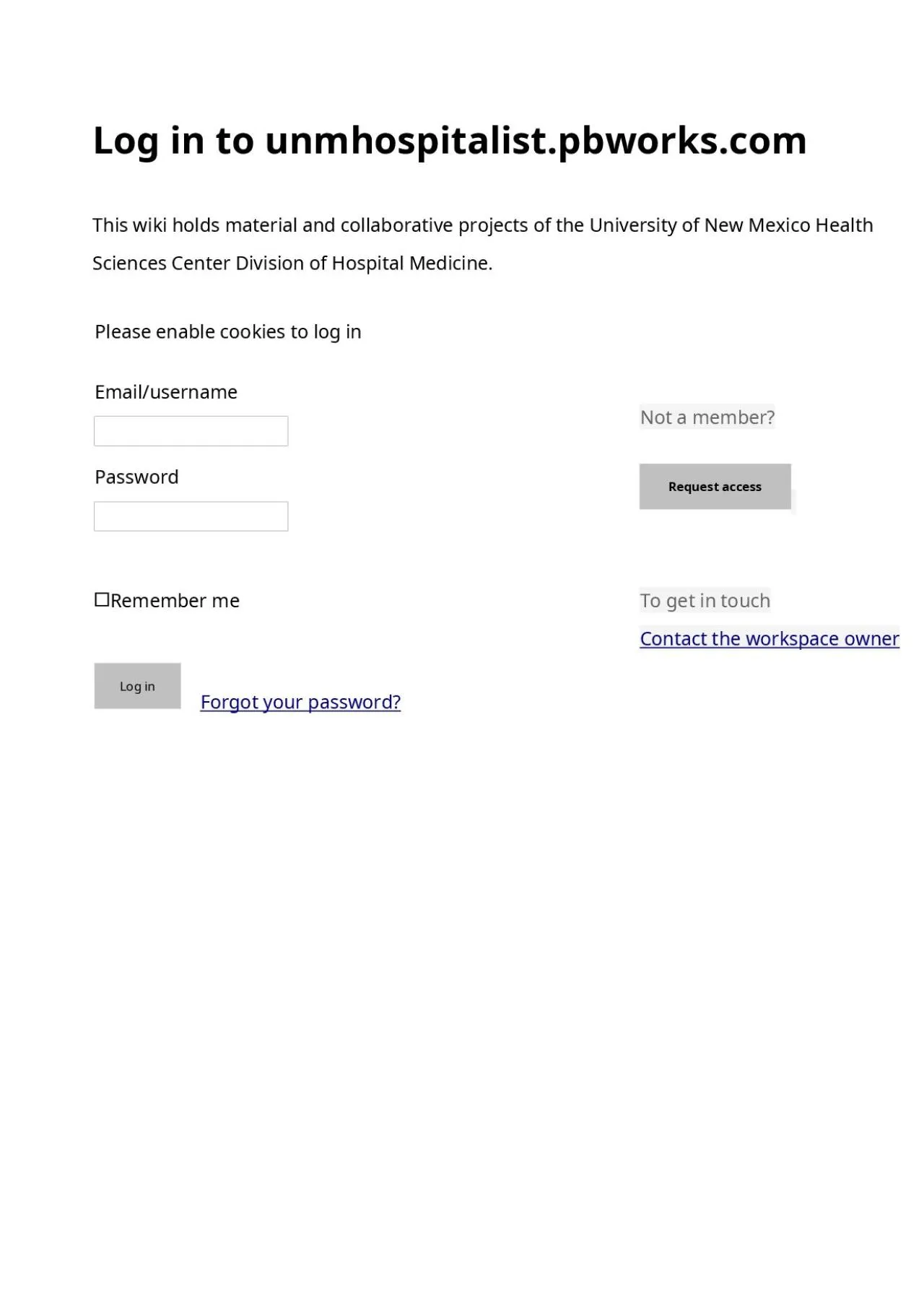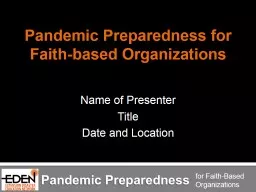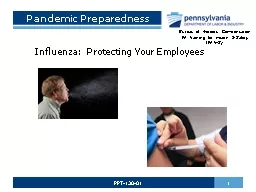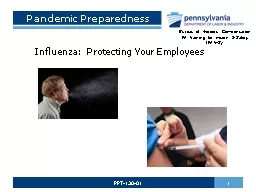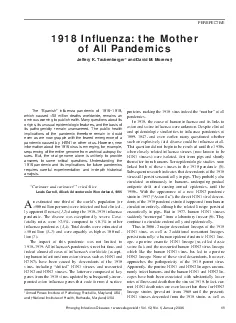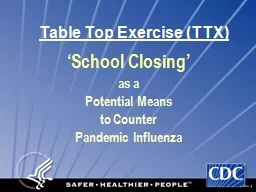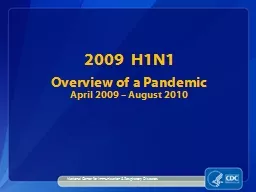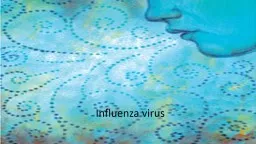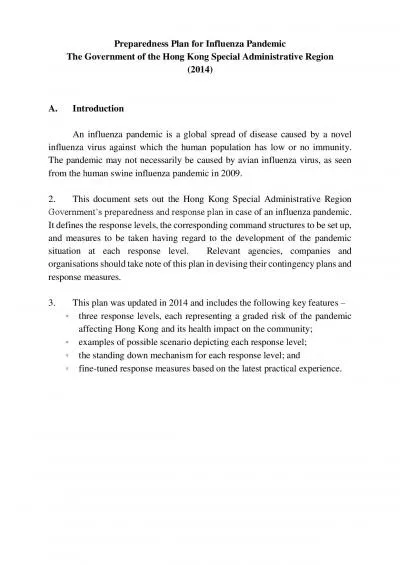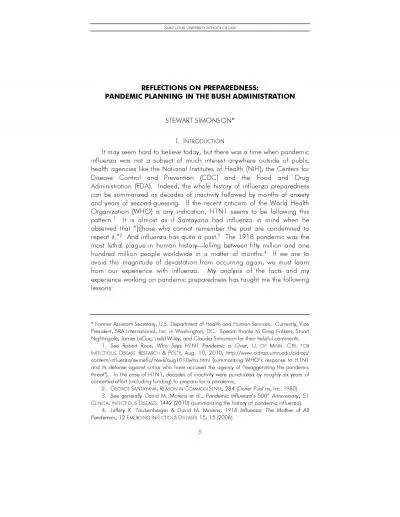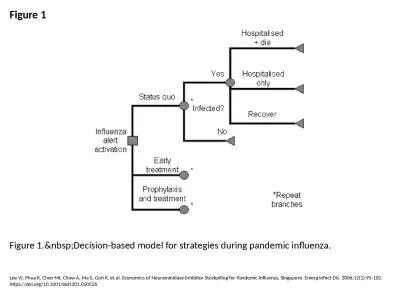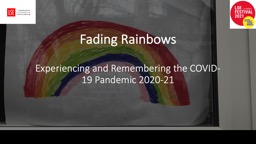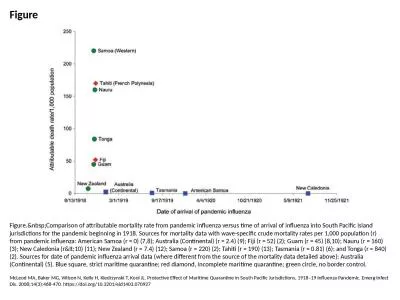PPT-Pandemic influenza-focus on inpatient issues
Author : josephine | Published Date : 2022-06-01
Susan M Kellie MD MPH Associate Professor of Medicine Division of Infectious Diseases Hospital Epidemiologist UNMHSC and NMVAHCS Talk outline Current epidemiology
Presentation Embed Code
Download Presentation
Download Presentation The PPT/PDF document "Pandemic influenza-focus on inpatient is..." is the property of its rightful owner. Permission is granted to download and print the materials on this website for personal, non-commercial use only, and to display it on your personal computer provided you do not modify the materials and that you retain all copyright notices contained in the materials. By downloading content from our website, you accept the terms of this agreement.
Pandemic influenza-focus on inpatient issues: Transcript
Download Rules Of Document
"Pandemic influenza-focus on inpatient issues"The content belongs to its owner. You may download and print it for personal use, without modification, and keep all copyright notices. By downloading, you agree to these terms.
Related Documents

